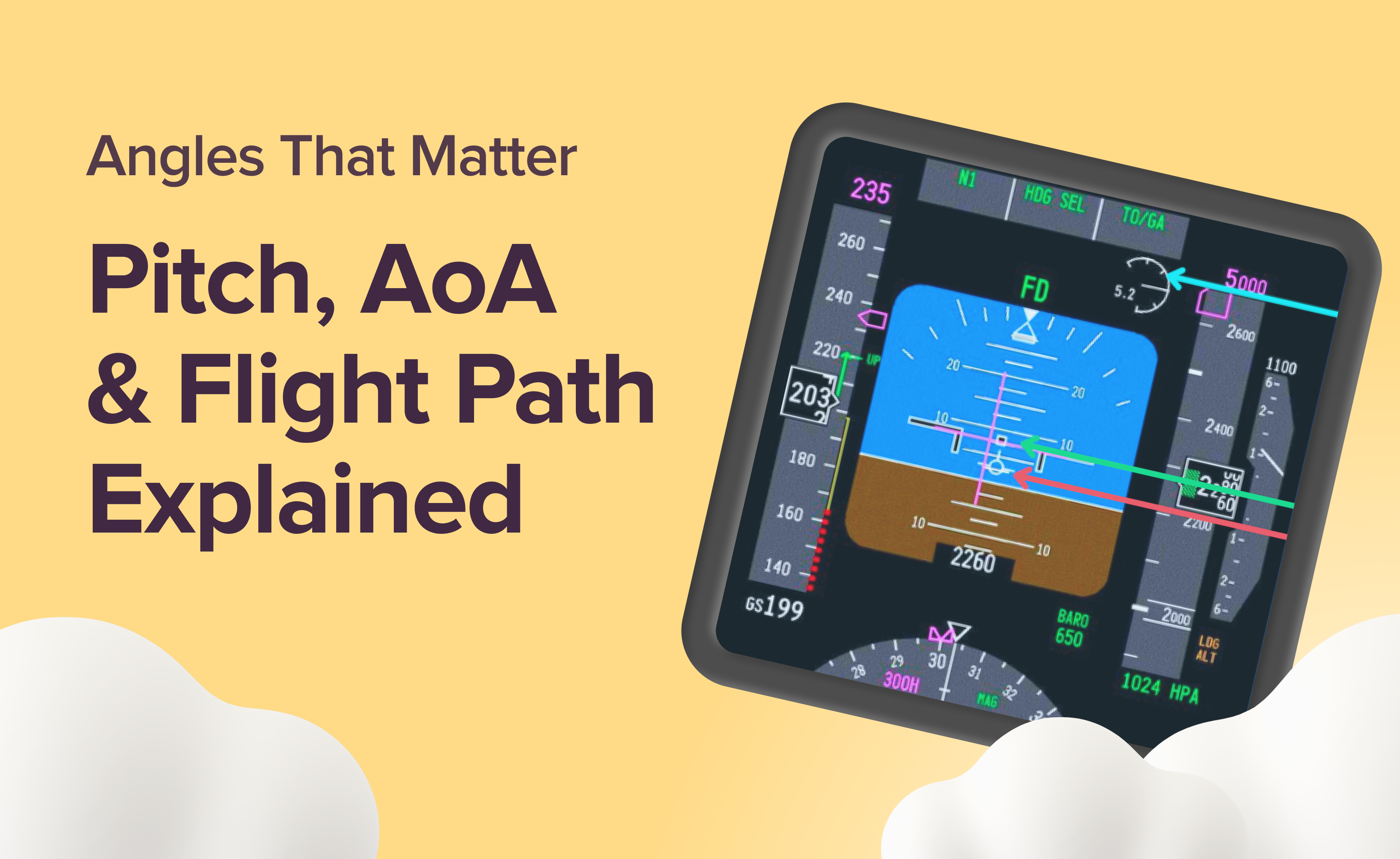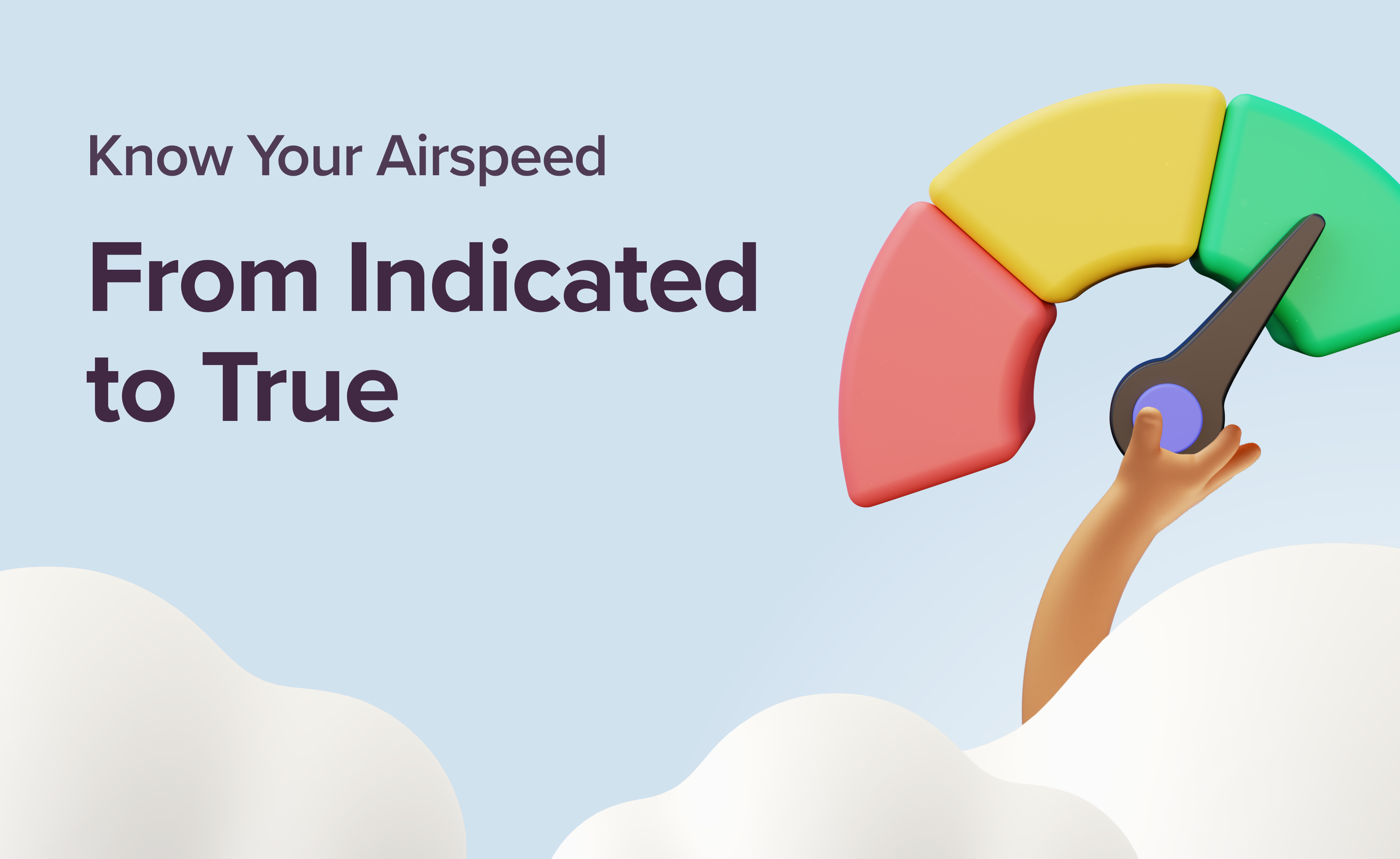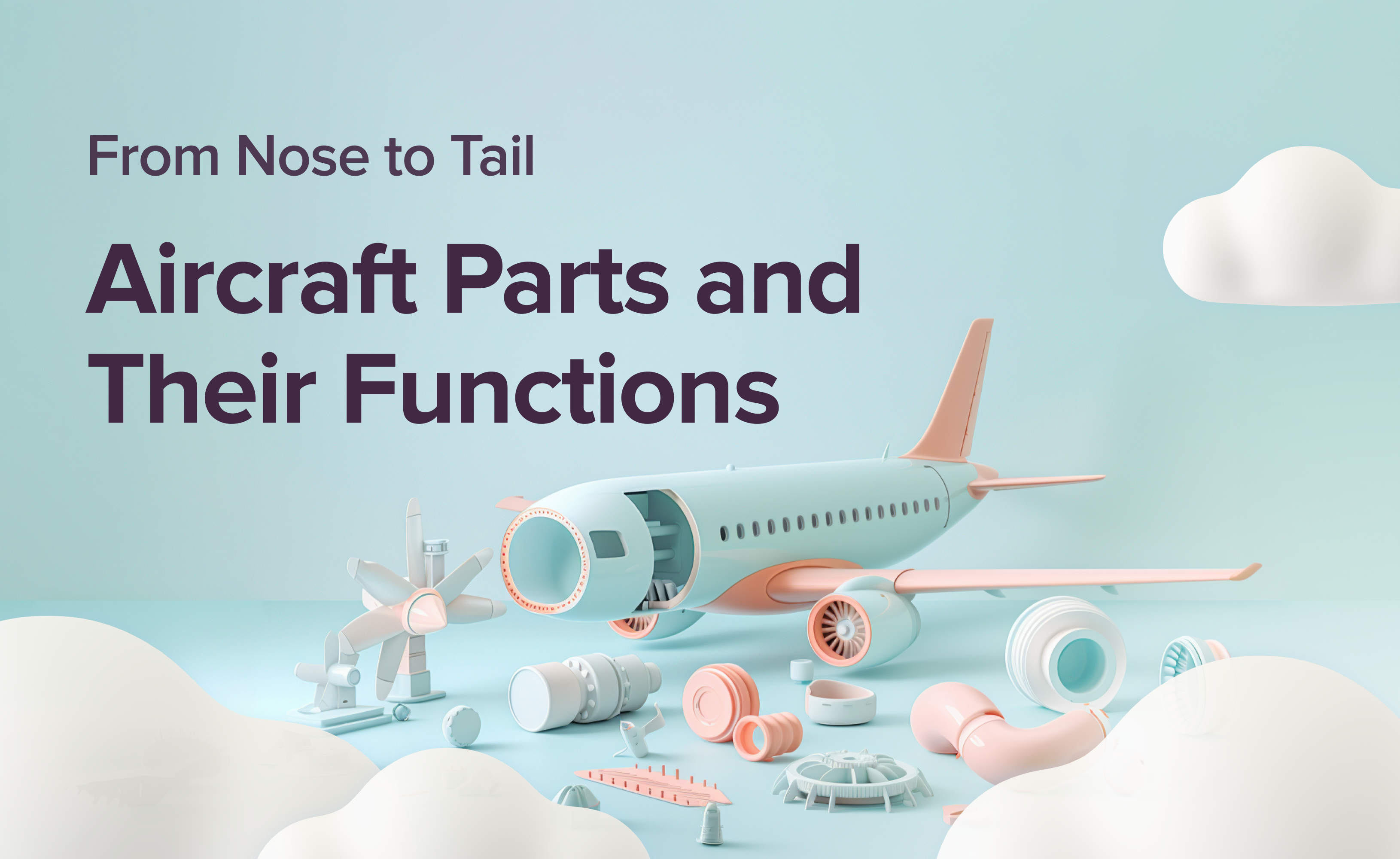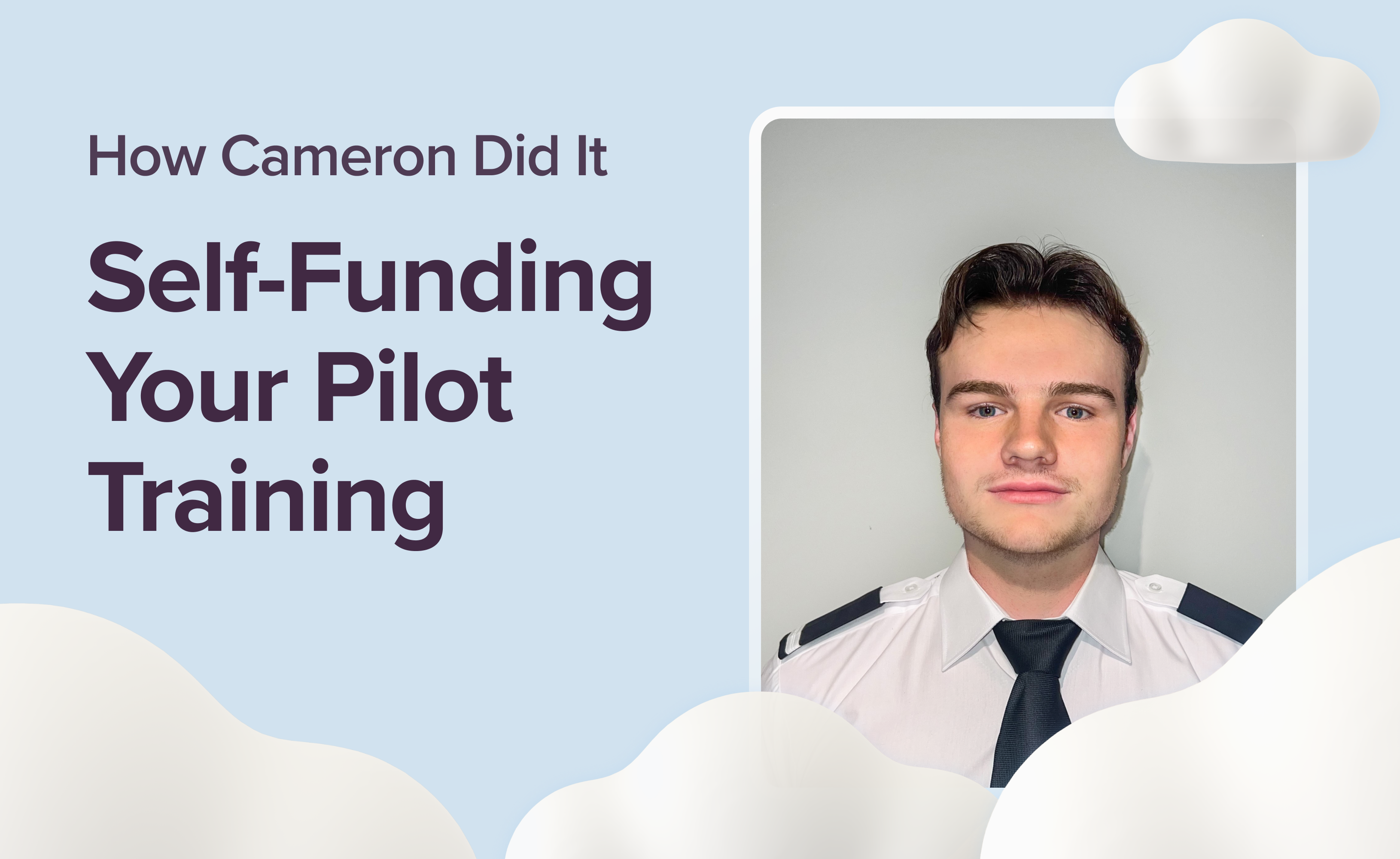Soaring High: Medical Requirements for Airline Pilots
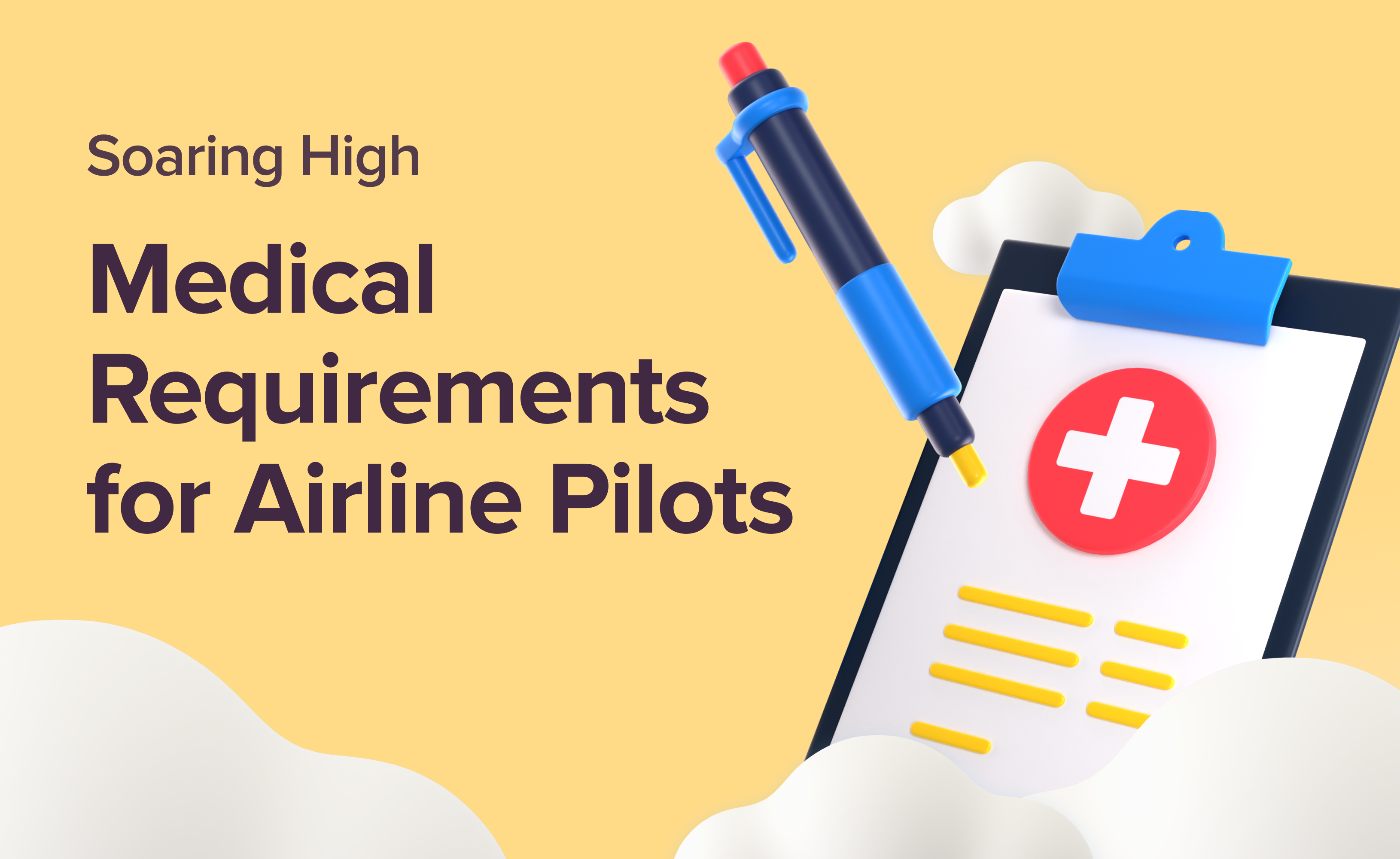
Future airline pilots in the UK and Europe face rigorous medical standards to ensure the highest levels of aviation safety. This guide offers insight into the essential aspects of pilot medical requirements, covering physical fitness, medical examinations, and certification processes. From understanding the different classes of medical certificates to navigating the complexities of the medical assessment, this detailed overview will equip you with the knowledge. This will increase your chances of successfully going through the medical examination process and achieving your goal of becoming an airline pilot.
This guide is aligned with the European Union Aviation Safety Agency (EASA) and the UK's Civil Aviation Authority (CAA)).
Let's explore the specific medical requirements and procedures in detail.
Types of Pilot Medical Certificates

There are three main classes of pilot medical certificates, each with different requirements and privileges under EASA and CAA regulations. The Class 1 Medical Certificate is the primary focus for those pursuing an airline pilot career.
Class 1 Medical Certificate
Required for professional pilots who wish to act as the pilot-in-command or co-pilot of an aircraft for commercial air transport. It has the most stringent medical requirements. This is the most rigorous medical certification. Due to the nature of commercial flights, stringent standards are imposed to ensure the highest level of safety.
Class 2 Medical Certificate
Typically required for private pilots and certain non-commercial aviation activities. It has less stringent standards compared to the Class 1 certificate. While still comprehensive, this medical document allows for a wider range of medical conditions, but specific limitations may apply.
LAPL Medical Certificate
The Light Aircraft Pilot's Licence (LAPL) medical certificate is the least stringent of the three.
Designed for pilots flying smaller aircraft under specific conditions, it involves less extensive medical examinations. However, it's essential to note that even LAPL holders must meet basic medical standards to ensure safety.
Note: It's crucial to consult with an Aviation Medical Examiner (AME) to determine the specific medical requirements for your desired pilot licence and to understand the implications of any existing medical conditions.
Airline Pilot Physical Standards
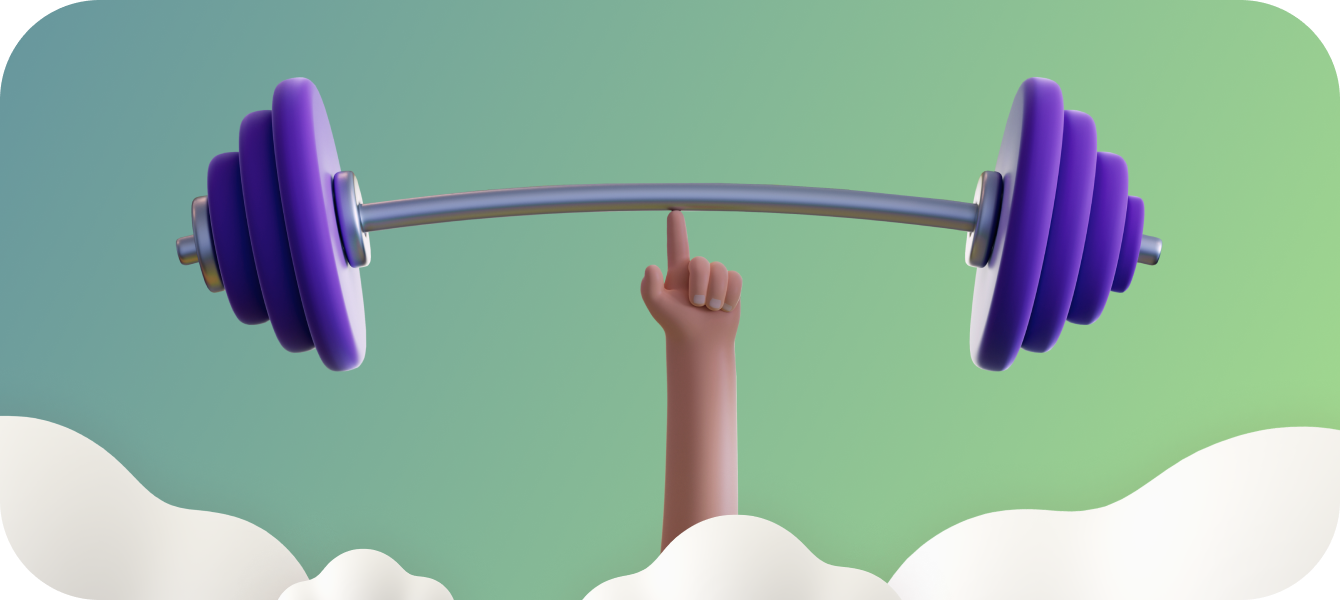
The physical requirements for airline pilots are designed to ensure that individuals are fit to handle the demands of flying commercial aircraft. These requirements encompass a range of health standards, including vision, hearing, cardiovascular health, neurological condition, and general physical condition.
Eyesight
Distant Vision: Must achieve at least 6/9 visual acuity with or without correction in each eye. Refractive errors (myopia, hypermetropia, astigmatism) are permitted within specific limits.
Near Vision: The ability to read N5 print at 30/50 cm and N14 print at 100 cm is required.
Intermediate Vision: Ability to read N14 print at 100 cm, corrected or uncorrected (for professional pilots over 40 years).
Colour Vision: Ability to distinguish colours necessary for safe performance of airman duties, typically assessed using the Ishihara test or equivalent. Colour blindness may restrict licence type. In this case, you can opt for private licences that require the Class 2 certificate with which it is possible to fly under some restrictions (only in daylight and without instruments).
Hearing Health
Acute hearing is indispensable for pilots. It's not merely about understanding air traffic control communications; it encompasses a broader spectrum of auditory cues essential for safe flight operations. Nose, ears, throat, and mouth will be checked and an audiometry will be done to verify that hearing is correct to fly a plane safely.
Audiometry Test: Pilots must be able to hear a normal conversation at a distance of 2 meters in each ear. Audiograms are required to assess hearing thresholds at specific frequencies: 500 Hz, 1000 Hz, 2000 Hz, and 3000 Hz.
Hearing Loss: Hearing loss exceeding 35 dB at 500, 1000, and 2000 Hz, or 50 dB at 3000 Hz, in either ear is unacceptable.
Regular audiometric evaluations are mandatory, with frequency increasing with age. Pilots under 30 typically undergo tests every five years, increasing to every two years until age 40, and annually thereafter.
Cardiovascular Health
The rigours of flight place significant demands on a pilot's cardiovascular system. As a result, stringent medical standards are in place to safeguard heart health and overall physical fitness.
A history of myocardial infarction (heart attack) or significant heart disease automatically disqualifies an individual from obtaining a pilot's medical certificate. Blood pressure must be maintained within normal limits, with a typical upper threshold of 155/95 mmHg. Regular electrocardiograms (ECGs), especially for pilots over 40, are essential for detecting any underlying cardiac abnormalities.
Neurological Health
A pilot's ability to make rapid decisions, coordinate complex tasks, and respond effectively to unexpected situations is paramount to flight safety. Any history of epilepsy, seizures, or conditions that could predispose an individual to these events is strictly prohibited. Similarly, severe psychiatric disorders or the use of medications with significant central nervous system side effects are incompatible with flight operations.
Beyond the absence of overt neurological conditions, pilots must demonstrate sustained mental acuity and the ability to perform complex tasks under pressure. Factors such as sleep deprivation, fatigue, and stress can all impact cognitive function and, therefore, flight safety.
General Physical Fitness
Beyond specific medical conditions, pilots must possess the physical capacity to withstand the unique demands of flight operations. This includes withstanding prolonged periods of physical and mental exertion, adapting to varying cabin pressures and temperatures, and maintaining sufficient strength and mobility to execute emergency procedures. Conditions such as severe allergies, debilitating illnesses, or those prone to sudden incapacitation can pose significant risks and are therefore carefully evaluated during medical examinations.
Furthermore, pilots must demonstrate a level of physical fitness that allows them to evacuate the aircraft safely in emergencies.
Medical Conditions That May Disqualify You from Becoming a Pilot

Certain medical conditions can disqualify an individual from obtaining a pilot medical certificate due to the potential risk they pose to flight safety. Some of these conditions include:
Cardiovascular Conditions
History of myocardial infarction (heart attack)
Severe coronary artery disease
Uncontrolled hypertension
Congestive heart failure
Neurological Disorders
Epilepsy or other seizure disorders
Severe migraines
Parkinson’s disease
Multiple sclerosis
Psychiatric Conditions
Severe depression or anxiety disorders
Bipolar disorder
Schizophrenia
Substance abuse disorders
Diabetes
Insulin-dependent diabetes may disqualify a candidate, although EASA and CAA have provisions for controlled insulin use under strict monitoring.
Vision Impairments
Significant visual impairment that cannot be corrected to meet the required standards.
Colour blindness affects the ability to distinguish necessary colours for safe flight.
Hearing Impairments
Hearing loss cannot be corrected to meet the required standards, especially in environments with background noise.
Other Disqualifying Conditions
Severe asthma or other respiratory conditions that could impact breathing.
Chronic conditions that could lead to sudden incapacitation, such as severe allergies or anaphylaxis.
Physical Characteristics That Won’t Stop You from Becoming a Pilot
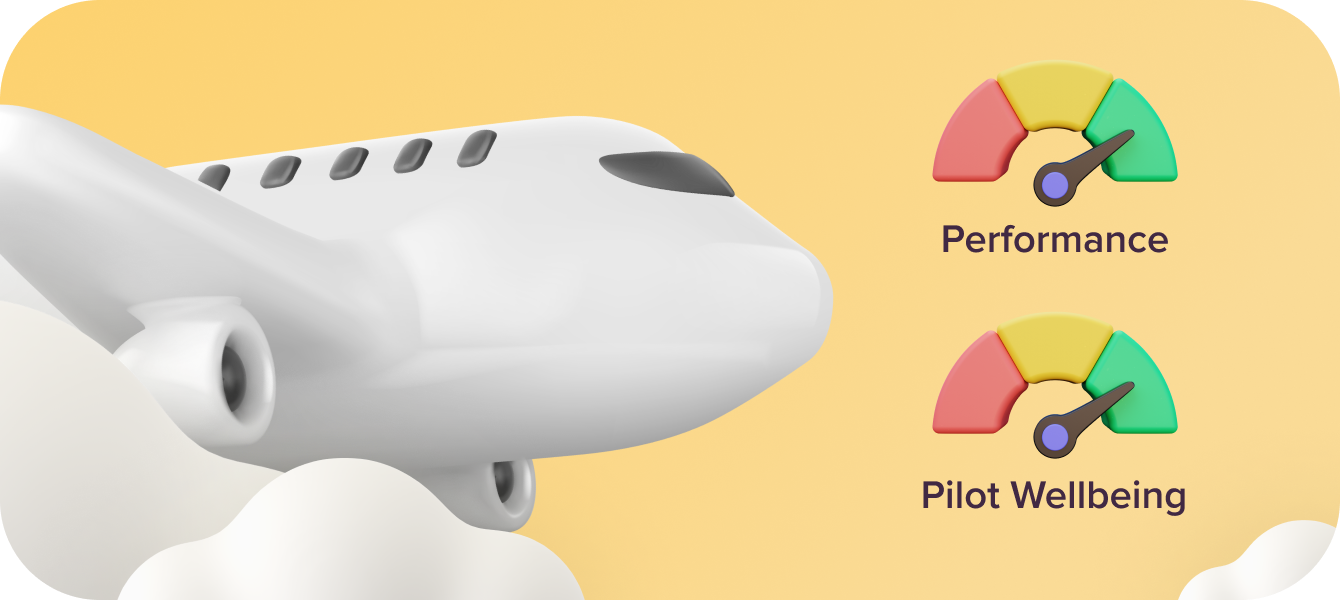
While stringent health standards exist, certain physical characteristics or conditions do not automatically disqualify an individual from becoming a pilot. Modern regulations and accommodations allow for inclusivity without compromising safety.
Corrected Vision
Pilots with corrected vision (glasses or contact lenses) are eligible as long as they meet the visual acuity standards with correction.
Minor Hearing Loss
Minor hearing loss can often be corrected with hearing aids, allowing pilots to meet the necessary hearing standards. The required hearing levels and maximum allowable losses are as follows:
Frequency – permissible loss
500 Hz – 35 dB
1000 Hz – 35 dB
2000 Hz – 35 dB
3000 Hz – 50 dB
Controlled Medical Conditions
Certain conditions, like controlled hypertension or well-managed diabetes (in some cases), may be permissible under strict monitoring and regular check-ups.
Minor Physical Disabilities
Some minor physical disabilities can be accommodated with adaptive devices or aircraft modifications, provided the pilot can safely operate the aircraft.
Colour Blindness
While certain colour vision deficiencies may disqualify a candidate, some variations of colour blindness can be acceptable, depending on the severity and the ability to distinguish essential colours for flying.
Height
Contrary to popular belief, height is not a determining factor in becoming a pilot. The image of a tall, commanding figure in the cockpit might be prevalent, but the reality is far more inclusive.
While some military branches may have specific height requirements due to the nature of their aircraft and operations, civil aviation has largely abandoned rigid height restrictions, focusing instead on a pilot's ability to operate the aircraft safely. Modern cockpit designs accommodate a wide range of body types, ensuring comfort and control for pilots of varying heights.
Join us as we clear up the top 10 myths surrounding the journey to becoming a commercial pilot
Class 1 Medical Certificate Evaluation
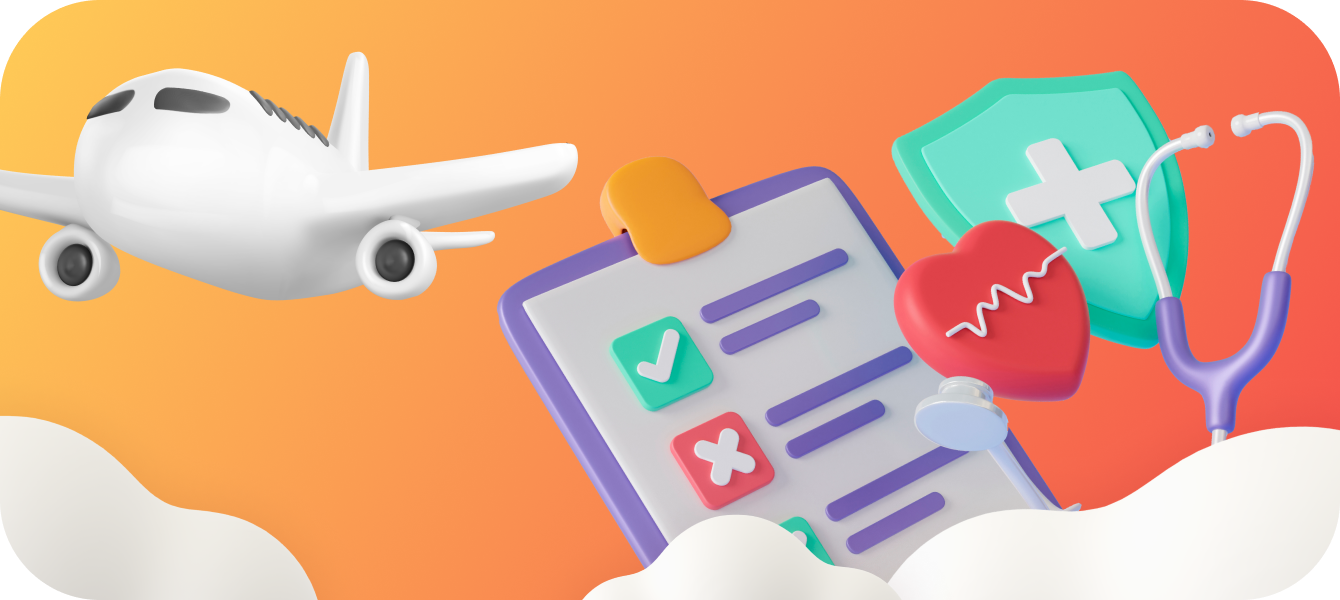
The medical evaluation process is a multi-faceted process conducted by qualified aviation medical examiners (AMEs). This comprehensive assessment is designed to safeguard both the pilot and the public by ensuring optimal physical and mental fitness for flight operations.
This page provides more information about the areas the examination will cover.
Aviation medical examination typically involves:
Detailed medical history review: A comprehensive assessment of past and present medical conditions.
Physical examination: Evaluation of cardiovascular, respiratory, musculoskeletal, and neurological systems.
Laboratory tests: Blood, urine, and other tests to assess overall health.
Ophthalmological and audiological assessments: Evaluation of vision and hearing acuity.
Psychological evaluation: Assessment of mental and emotional fitness for flight.
Let's delve into the key components of the pilot medical exam. The initial examination for a Class 1 Medical Certificate includes:
Medical History Review: Detailed review of the applicant’s medical reports and any previous medical conditions or surgeries.
Vision Testing: Distant and near vision tests, including colour vision assessment.
Hearing Tests: Audiometry to assess hearing ability in various frequencies.
Cardiovascular Examination: Blood pressure measurement, ensuring it remains within normal limits. ECG (electrocardiogram) to check heart function, and detect arrhythmias, heart enlargement, or other abnormalities. Conditions such as myocardial infarction, coronary artery disease, or uncontrolled hypertension can significantly impact a pilot's ability to perform their duties and may lead to disqualification.
Pulmonary Function Test (Spirometry): To assess lung capacity and airflow. Evaluating conditions like asthma, chronic obstructive pulmonary disease, or sleep apnoea. These conditions can affect breathing, oxygenation, and overall physical endurance, impacting a pilot's ability to perform their duties safely.
Psychological and Neurological Assessments: This section will evaluate the candidate to ensure there are no psychological or neurological conditions that would prevent the safe performance of their duties. Nervous system disorders such as epilepsy will result in a "not apt" decision. Similarly, acute or chronic psychological disorders.
Blood Test: A blood test will be administered to rule out infections or diseases. If low haemoglobin levels, known as anaemia, are detected, additional analysis will be needed to identify the underlying cause, leading to a temporary denial of the certificate. Various parameters including the blood's oxygen-carrying capacity and cholesterol levels will also be measured. Although high cholesterol levels do not result in disqualification, the associated risks of having high cholesterol must be reported.
Urine Test: The urine test mainly searches for sugar (a sign of diabetes), protein, or blood. It also identifies possible pregnancy which, although not disabling, limits the time one can remain active. Additionally, the test seeks to rule out kidney conditions and ensures there are no traces of narcotic substances that could impact the applicant’s cognitive abilities.
Bone and Muscle Test: This test evaluates static posture and balance with both eyes open and closed. While a specific physique is not mandatory, pilots aspiring to join the Air Forces must meet certain minimum height and limb length requirements. This is because the cockpit dimensions of combat planes are quite small, and in an emergency, the pilot’s body must not obstruct the aircraft’s ejection system, as there is a risk of serious injuries to the limbs or head.
General Physical Examination: Factors such as height, weight, and chronic conditions are evaluated to ensure the pilot's ability to perform emergency procedures and withstand physical exertion.
Ongoing Monitoring: Pilots with a Class 1 Medical Certificate must undergo periodic examinations to ensure continued fitness for flying. The frequency of these exams depends on the pilot’s age and health status.
Additional Tests: In some cases, additional tests may be required based on the initial examination results or the pilot’s medical history. These can include advanced cardiac testing (e.g., stress test), specialised neurological assessments, and further vision or hearing evaluations.
Final Assessment and Medical Certificate Acceptance
The culmination of the medical examination process involves a comprehensive assessment of all gathered data. The Aviation Medical Examiner (AME) carefully evaluates the results of the various tests and examinations to determine the applicant's overall fitness to fly.
A successful assessment leads to the issuance of a medical certificate, categorised by class based on the type of flying operation (e.g., Class 1 for commercial pilots). It's important to note that medical certificates have specific validity periods and require regular renewal.
To ensure consistency across European airspace, the European Union Aviation Safety Agency (EASA) has established harmonised medical standards. A medical certificate issued by one EASA member state is valid throughout the European Union. This standardisation simplifies the process for pilots operating in multiple countries.
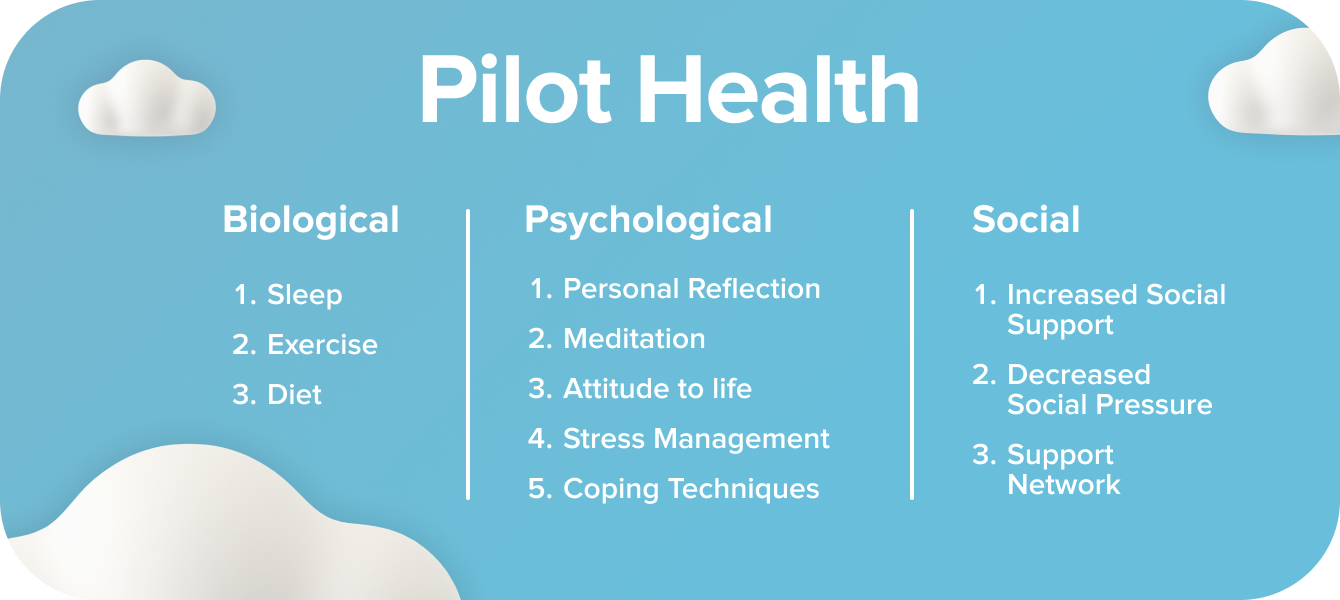
Duration and Renewal of Class 1 Medical Certificate
The duration and renewal requirements for pilot medical certificates vary depending on the class of certificate and the pilot’s age.
Class 1 Medical Certificate
Valid for 12 months for pilots under 40 years of age.
Valid for 6 months for pilots aged 40 and above if engaged in single-pilot commercial air transport operations carrying passengers.
Renewal examinations are required to maintain the validity of the certificate. The frequency of renewals increases with the pilot’s age. The process typically involves a similar exam to the initial one, though it may be less extensive. Pilots must visit an Aeromedical Examiner (AME) for their renewal examinations, where they will undergo necessary tests to confirm their continued fitness to fly.
Preparing for the Medical Exam
To improve your chances of passing the medical exam, it's essential to:
Maintain Good Overall Health: Regular exercise, a balanced diet, and adequate sleep are crucial.
Gather Medical Records: Collect comprehensive medical documentation for review by the AME.
Understand Medical Requirements: Inform yourself with the specific standards for your desired pilot licence.
Address Any Pre-Existing Conditions: Seek appropriate medical treatment and documentation if necessary.
By following these tips and staying proactive about your health, you'll be well-prepared to meet the rigorous medical standards required for a successful flying career.
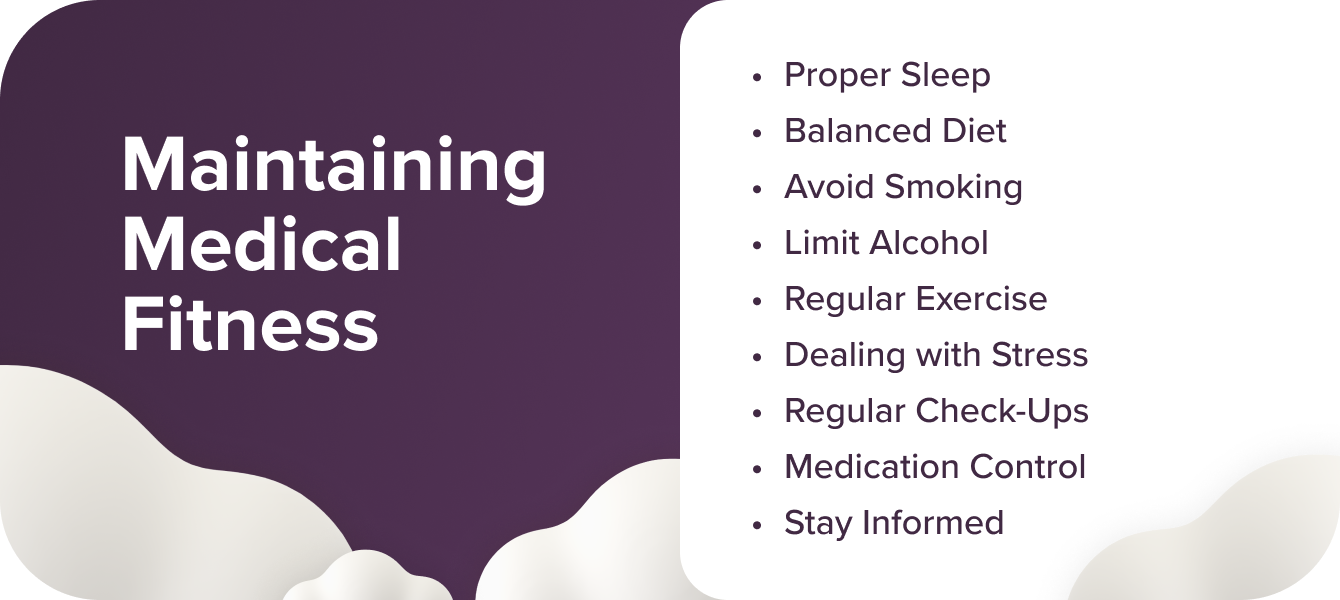
Airhead's Takeaway
Being aware of the medical requirements is essential for student pilots in the UK and Europe. To pursue a career as an airline pilot, you must maintain good health, pass rigorous medical examinations, and regularly renew medical certificates in line with EASA and CAA regulations. By adhering to these standards and actively working on your medical fitness, you can be well-prepared for the challenges and responsibilities of an aviation career.
Building a strong relationship with an Aviation Medical Examiner is crucial. An AME can provide expert guidance and support throughout your training and career. By understanding the medical requirements, staying healthy, and keeping up with recommended check-ups, you can greatly improve your chances of meeting the high standards required in the aviation industry.







